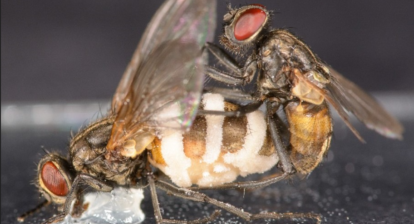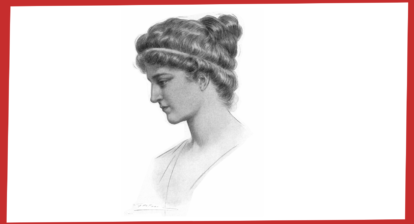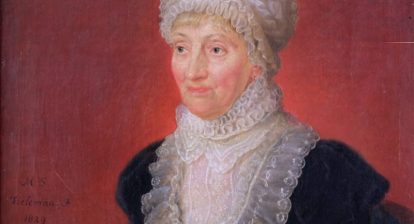The painted lady (Vanessa cardui) is a well-known colourful butterfly, also known as the cosmopolitan in the US. These orange insects with black and white wing tips are one of the most widespread butterflies on Earth, ranging across all continents except Antarctica and South America. They occur in any temperate zone, including mountains in the tropics.
Painted lady butterflies are resident in warmer areas and migrate in spring, and sometimes again in autumn. They migrate from their summer habitat in sub-Saharan Africa, to North Africa and the Mediterranean to Britain and Europe in May and June, and can be seen flitting around in gardens all over the UK. Altogether, they make a 14,500 km (9,000 mi) round trip from tropical Africa to the Arctic Circle in a series of steps by up to six successive generations. So, it is the descendents of the original migrants that make the return journey back to Africa (adults live for about two weeks only). The Worldwide Painted Lady Migration citizen science project has also revealed new migratory data, such as some butterflies migrated from Iceland to the Sahara desert, and even further south. In the US (such as in California), they fly from north to north-west, influenced by heavy winter rains in the desert where rainfall controls the growth of larval food plants. During 2018-2019, heavier than usual rains in winter, was probably the cause of an extraordinarily large migration (estimated one billion individuals) observed in Israel at the end of March.
(Video/blogpost on Butterflies including the migration of the Monarch butterfly)
In Europe their round-trip journeys of 12,000 to 14,000 km means they migrate from sub-Saharan Africa to Scandinavia and back again, making it one of the longest known insect migrations. However, they do not migrate every year and the migrations are not consistent, so that the numbers arriving in Europe can vary 100-fold year after year.
A new study suggests that rains in sub-Saharan Africa can mean more butterflies in Europe (and Britain), due to the high availability of larval food plants. The study conducted by Jason Chapman (University of Exeter) and other researchers collected and observed 21 years of data from West Africa to Western Europe. In addition, corresponding data on environmental conditions and satellite measurements of vegetation growth was also assessed. This research found that the painted lady butterfly numbers in Europe during spring were highly influenced by the amount of monsoon rainfall in western sub-Saharan Africa during the previous summer and fall. The reason being that more rain meant more flooding that allowed for growth of plants that thebutterfly larvae eat in the winter. The scientists think that this excessive rain was the reason for high populations of painted ladies in Europe in 2009, 2015 and even this year (2021). Furthermore, spring vegetation levels in North Africa (such as in Morocco) also impact their numbers because they make stops there along the way.
While knowing more about these fantastic insects is in itself amazing, this research also tells scientists what the potential affects of climate change can have for the painted lady butterflies. So, if there are drastic changes in temperature and precipation in Africa, this can have detrimental impacts on their European populations.
Scientists still don’t know how they navigate and survice their return journey south to Africa when summer ends. Have you started seeing them in your gardens yet?







